Choosing the best air compressor for your business can transform how you power pneumatic tools. It helps you manage compressed air needs and keep operations running smoothly every day. You may run a small workshop, a construction site, or a large manufacturing facility. Understanding factors like air flow, tank size, duty cycle, and power sources helps you choose wisely. This air compressor buying guide explains the essential features and types of compressors. It shows how to match the perfect unit to your tools and workload effectively.
Air compressors provide powered air for everything from inflating tires to running paint sprayers and pneumatic tools. Investing in the right type of compressor ensures you get reliable air pressure and steady airflow. It helps boost productivity, reduce wear and tear, and minimize downtime. Using a subpar compressor leads to inconsistent performance, frequent overheating, and higher maintenance costs. The best compressors provide a balance of power, efficiency, and durability, tailored to your unique business needs.
The first step in your buying journey is knowing the main types of air compressors available. Many industrial applications rely on these machines for consistent air flow. Options range from compact home depot models to large-scale systems. Most fall under the category of a positive-displacement compressor. These compressors trap air in a compression chamber and reduce its volume. This process creates higher pressure output.
These compressors use one piston to compress air and are ideal for smaller jobs. They typically offer sufficient air pressure for most hand tools, measured in feet per minute (CFM). They are popular in workshops and light industrial applications. Durable air hoses connect these units to tools for smooth operation.
Two-stage units compress air in two steps, providing higher air pressure and better air flow. They handle heavy-duty applications, including powering multiple tools simultaneously, and for continuous use. These compressors, equipped with an electric motor, deliver high efficiency in demanding environments.
Oil-lubricated compressors run cooler and quieter with longer lifespans. They require regular oil changes and maintenance, but are suitable for heavy industrial use with many moving parts. Oil-free air compressor models need less maintenance and deliver clean compressed air. They serve environments like food processing or medical facilities.
These are compact, lightweight units designed for mobility. Models like the pancake air compressor fit easily in trucks or small workspaces. They are great for quick jobs requiring powered air on the go. Many Home Depot options fall into this category.
Built for industrial applications, these larger units offer higher tank size, duty cycle, and air flow. They remain fixed on-site and provide continuous power for demanding operations. Rotary screw air compressors are a popular stationary choice because of their reliability and high efficiency.
Specialty compressors are designed for specific industrial and commercial applications that demand higher performance, precision, or durability. These units go beyond standard models to meet the unique needs of various sectors. They often incorporate advanced positive displacement compressor designs for maximum productivity.
Below are some of the key types of Specialty Compressors.
Manufacturers build industrial air compressors for continuous operation and high-volume air flow. They are ideal for manufacturing plants and heavy-duty tasks.
Reciprocating air compressors use pistons to compress air; perfect for intermittent use in workshops and garages.
Electric air compressors use electricity and remain clean, efficient, and suitable for indoor use. They work well where emissions and noise must stay minimal. Each type delivers targeted performance for powering tools, machinery, and processes in demanding environments.
Selecting the best air compressor requires balancing several features:
The tank size determines how much compressed air the unit stores and delivers continuously. For intermittent tasks, smaller tanks (20-30 gallons) work well. Larger tanks (60 gallons or more) support longer runtime and reduce motor cycling.
Air flow or CFM (cubic feet per minute) indicates how much air the compressor delivers at a specific air pressure (PSI). A higher CFM rating means faster tool operation and better performance. This is especially true when powering air tools like impact wrenches or paint sprayers.
The duty cycle tells how long the compressor can run before needing to cool down. For example, a 60% duty cycle means the compressor runs for 6 minutes. It then rests for 4 minutes within a 10-minute period. Businesses needing a constant air supply should choose compressors with higher duty cycles.
Most compressors use electric power, but some gas-powered units offer portability on sites without electricity. Choose based on your work environment and power availability.
Noise can impact workplace comfort and compliance with regulations. Many oil-lubricated models run quieter than oil-free units. Portable compressors like the pancake air compressor also tend to have lower noise levels.
To match your compressor to your business needs, start by identifying the CFM and PSI requirements of all pneumatic tools you plan to use.
List all pneumatic tools and devices you use. Check each tool’s required PSI and CFM. For example, paint sprayers need steady air pressure at 30-50 PSI and moderate CFM. Impact wrenches demand higher PSI and a higher CFM rating.
Add the CFM of all tools that may run simultaneously. Multiply 1.5 to 2 times to ensure your compressor can handle peak demand.
Pick a compressor with enough tank size to provide continuous compressed air and a duty cycle that suits your workload. Larger tanks and higher duty cycles prevent overheating and extend motor life.
Decide between single-stage or two-stage models for your air compressor needs. Choose oil-lubricated or oil-free options based on your application. Determine if you need a portable air compressor or a stationary setup. Your choice depends on job type, maintenance capacity, and budget.
For convenience, many businesses start with trusted industrial suppliers like eINDUSTRIFY for heavy-duty units.
Selecting the best air compressor depends on understanding your tools’ air requirements, workload, and operating environment. Consider air flow, tank size, duty cycle, and power sources to choose an efficient compressor. Select a compressor that delivers reliable performance for your specific needs. You may need a portable air compressor for fieldwork or a pancake air compressor for small tasks. Choose an industrial oil-lubricated model for heavy-duty use when required. Investing in the right unit reduces downtime and boosts productivity effectively.
Discover our comprehensive range of industrial-grade air compressors at eINDUSTRIFY. Contact our team today for assistance in finding the ideal solution for your business needs. Reach out to us at info@eindustrify.com or call +1 (888) 774 7632. Register your account today and get access to the B2B industrial marketplace.
Use this air compressor buying guide to make the right purchase that supports your business growth for years to come.
Tags: Best Air Compressor Air Flow Air Pressure Compressed Air Powering Air Tools Type Of Compressor Air Compressor Features Portable Air Compressor Air Compressor Buying Guide
RECENT POSTS:
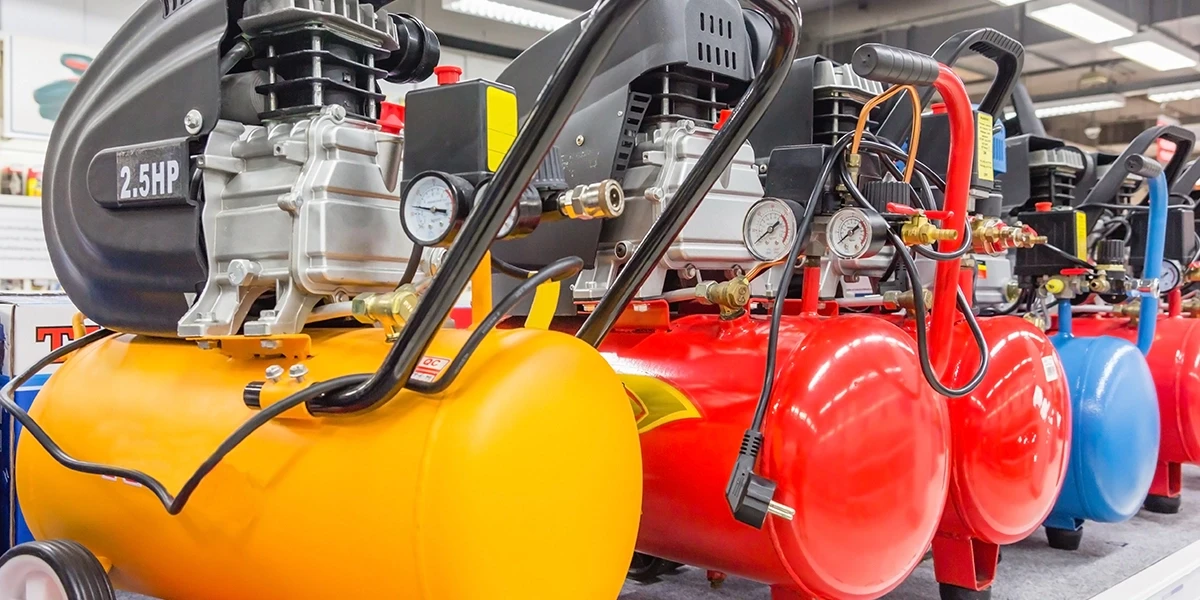
Air Compressors for Sale: Compare Models, Brands, Features

Essential Power Transmission Accessories for Industries
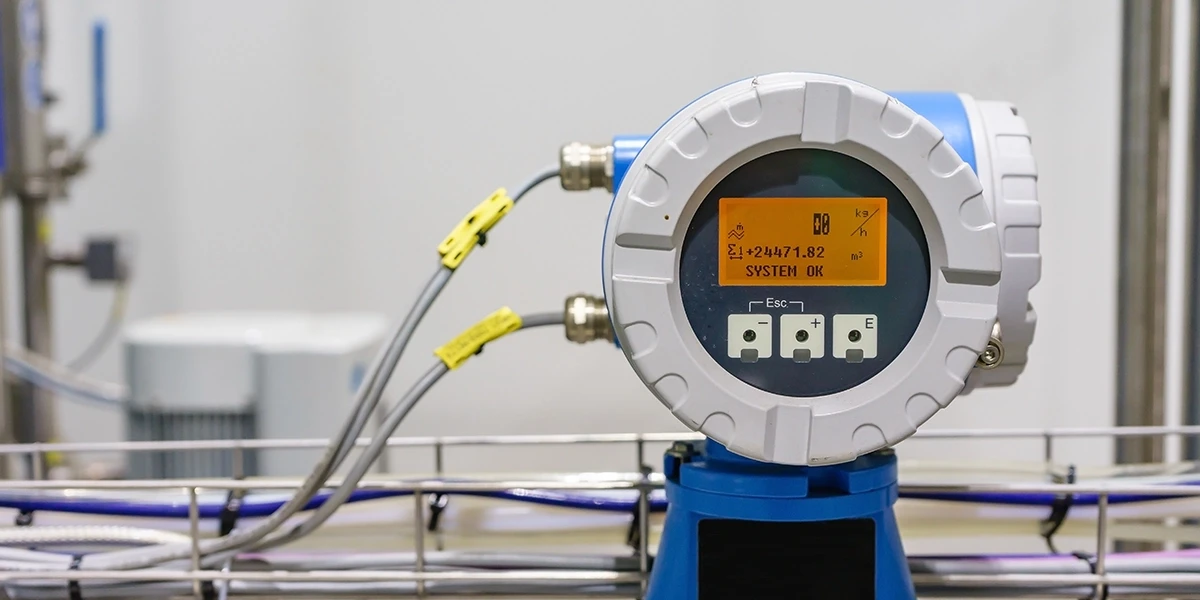
Best Industrial Sensors for Automation
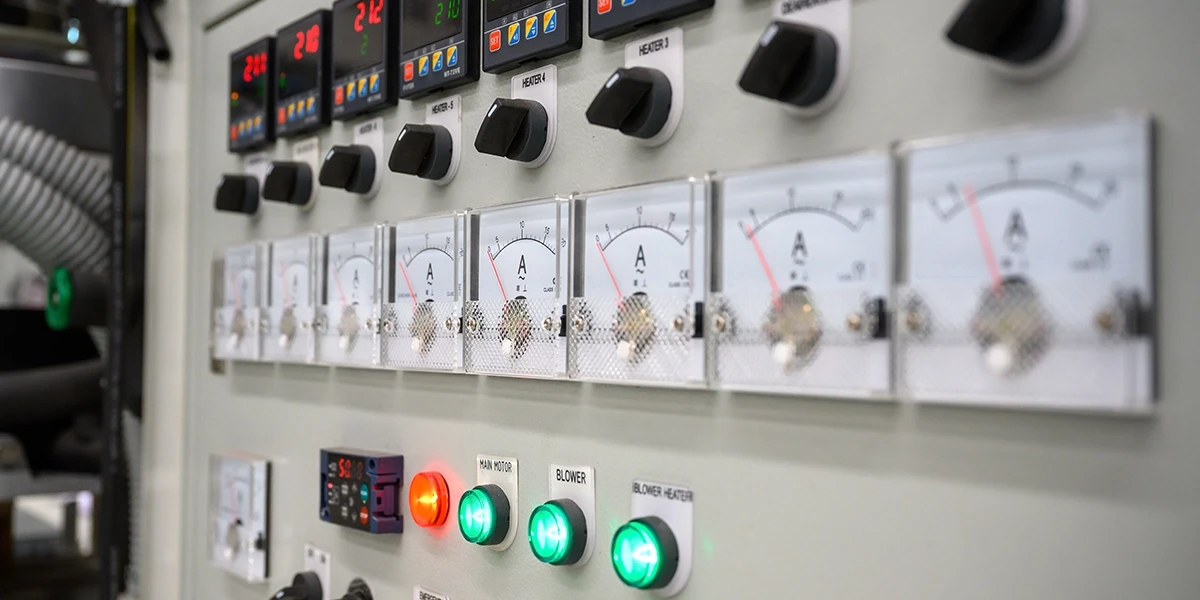
Uses of Industrial Control Equipment
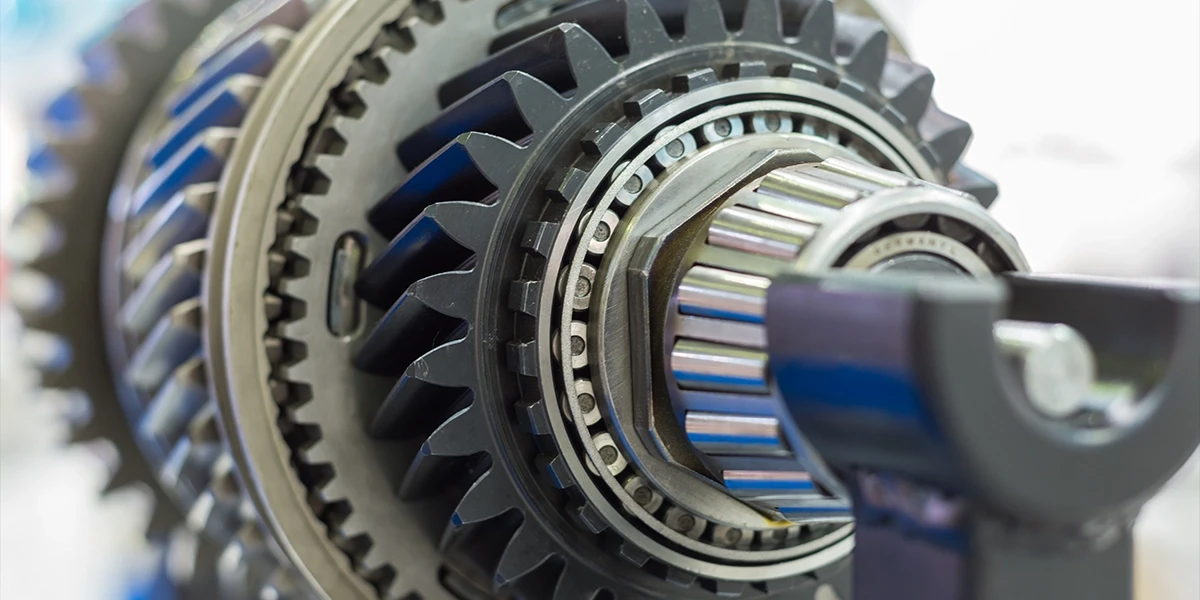
Top Bearings and Power Transmission Solutions
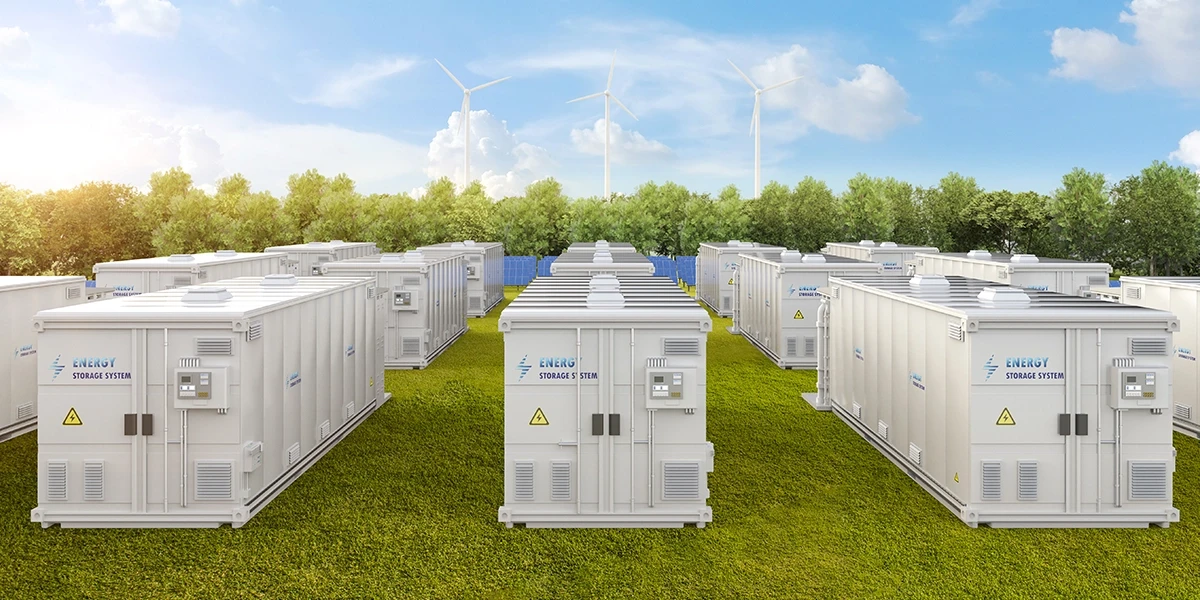
Buy Battery Energy Storage Systems Now
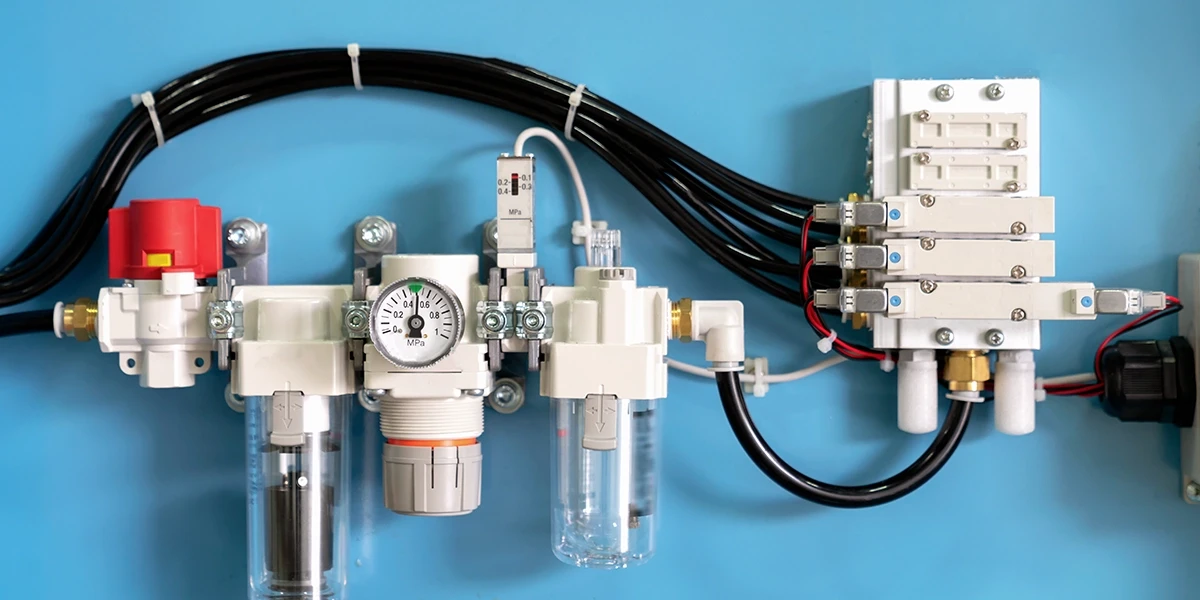
Benefits of Pneumatic Systems Today
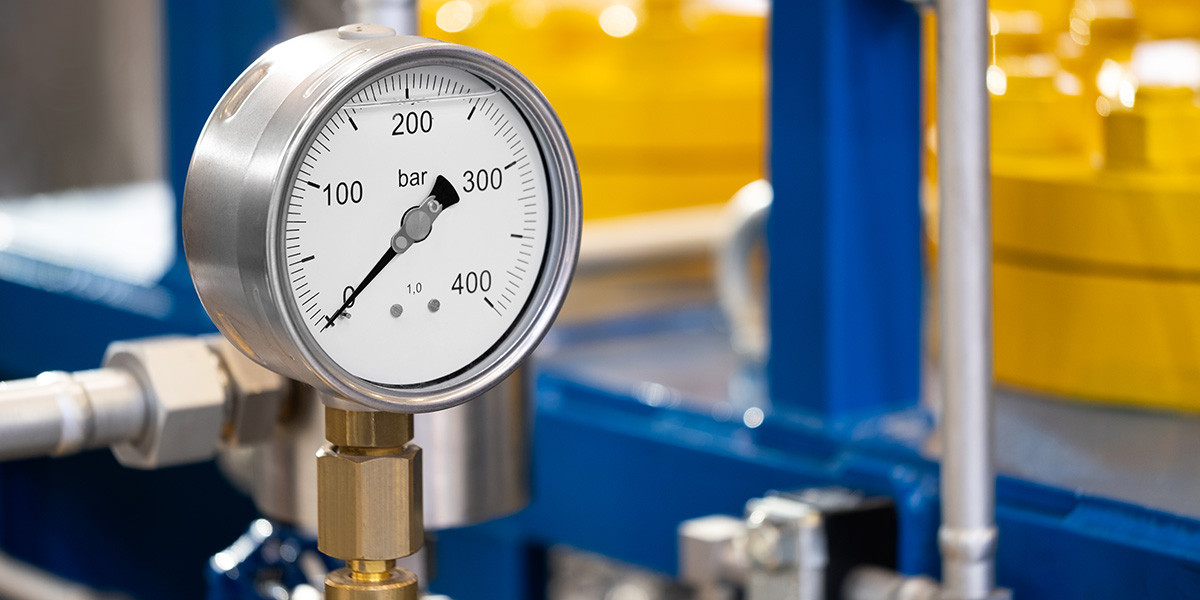
Durable Air Regulator Valve for Heavy-Duty Industrial Use